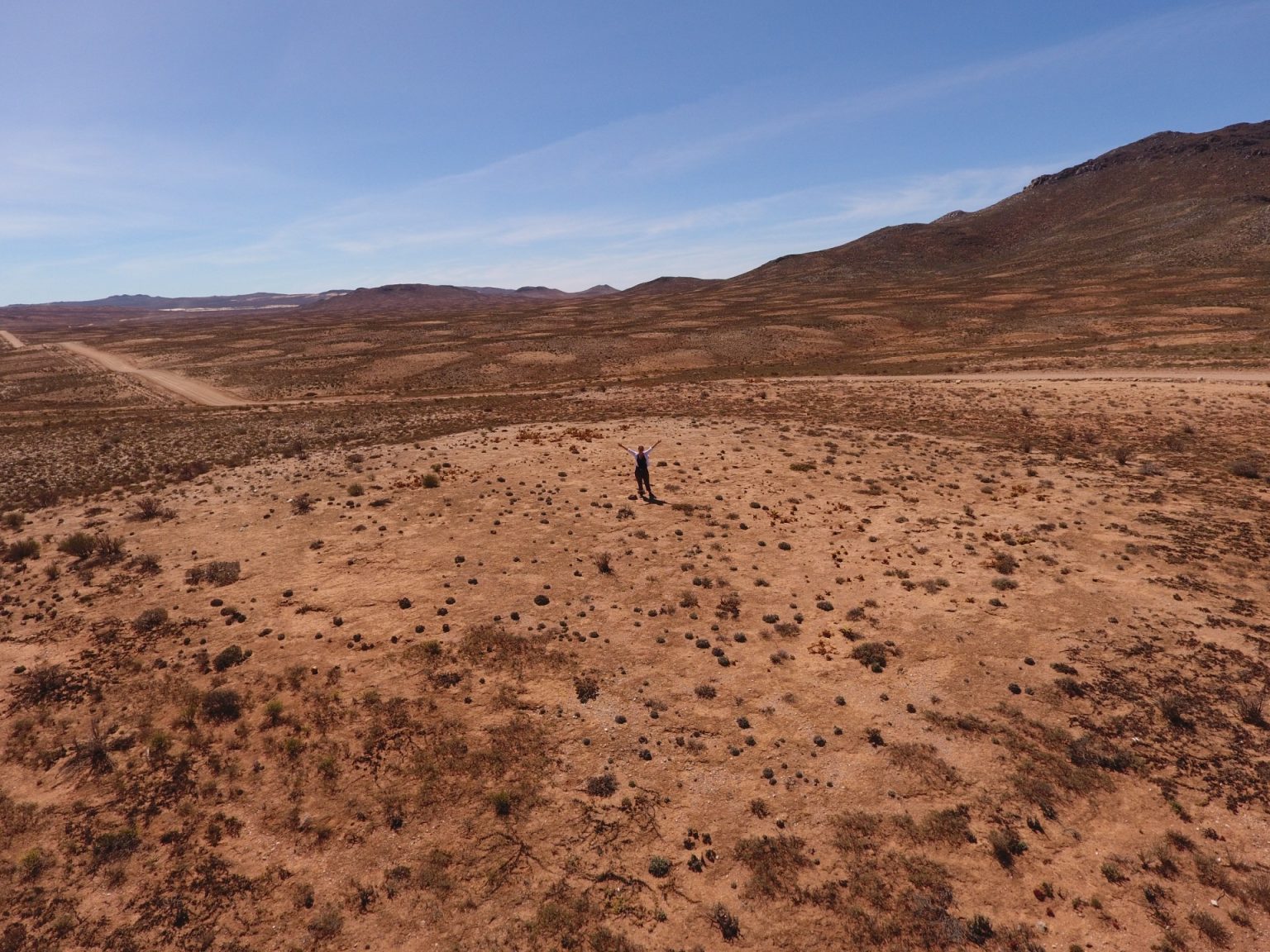In the desolate region of Namaqualand, Stellenbosch University soil scientists Cathy Clarke and Michele Francis, along with a team of grad students, embark on a project to understand the salinity of groundwater. With the help of a giant excavator, they uncover a massive termite nest that dates back thousands of years, revealing the ancient and vital role that termites play in shaping the ecosystem. The researchers are shocked to discover that the soil samples taken from the termites’ nest have been around for at least 19,000 years, with traces of mineral calcite dating back 34,000 years.
The southern harvester termites, also known as stick carriers, are found throughout southern Africa and are commonly associated with destruction in pastures. However, Clarke and Francis shed light on the positive impact that termites have on the environment. Through their meticulous excavation and research, the scientists reveal how termites have transformed the soil composition over millennia, creating two distinct habitats within the same biome. The termites’ stick-eating habits contribute to the region’s incredible biodiversity, making Namaqualand a unique and thriving desert ecosystem.
The heuweltjies, or termite mounds, created by the southern harvester termites are a significant feature of the landscape in Namaqualand. While these mounds are not as visually striking as those built by other termite species, they play a crucial role in the region’s ecosystem. Through accidental discoveries made while investigating the groundwater salinity issue, Clarke and Francis uncover the direct link between termite activity and the mineral content of the groundwater. The termites play a key role in the movement and sequestration of carbon, acting as a long-term carbon sink and promoting fertility in the soil.
The groundbreaking research by Clarke and Francis challenges the traditional view of termites as pests and highlights their potential in combating climate change. By incorporating termite activity into global carbon models, the scientists believe that a more comprehensive understanding of carbon dynamics can be achieved. With the support of a multinational grant, the researchers are expanding their project to explore the mechanisms of carbon sequestration in the heuweltjies of Namaqualand, with the help of a team of experts from different fields.
While the age of the termite nests uncovered in Namaqualand is unprecedented, there is still much to discover about these tiny ecosystem engineers. Francis expresses her admiration for the insects and their intricate societies, indicating a desire to further explore termite mounds globally. As scientists continue to study termites and their influence on the environment, there is potential for new insights into biodiversity, carbon sequestration, and the interconnectedness of ecosystems. The attention given to termites by Clarke and Francis demonstrates the importance of understanding and appreciating the complex roles that seemingly insignificant creatures play in shaping our world.













